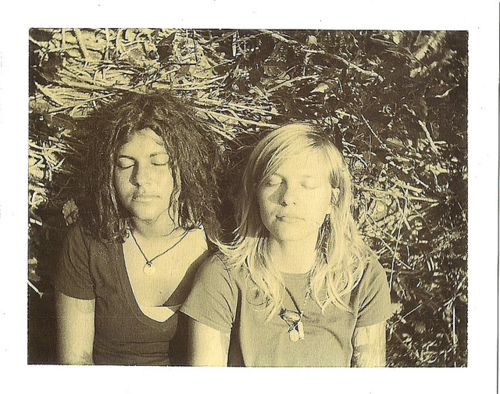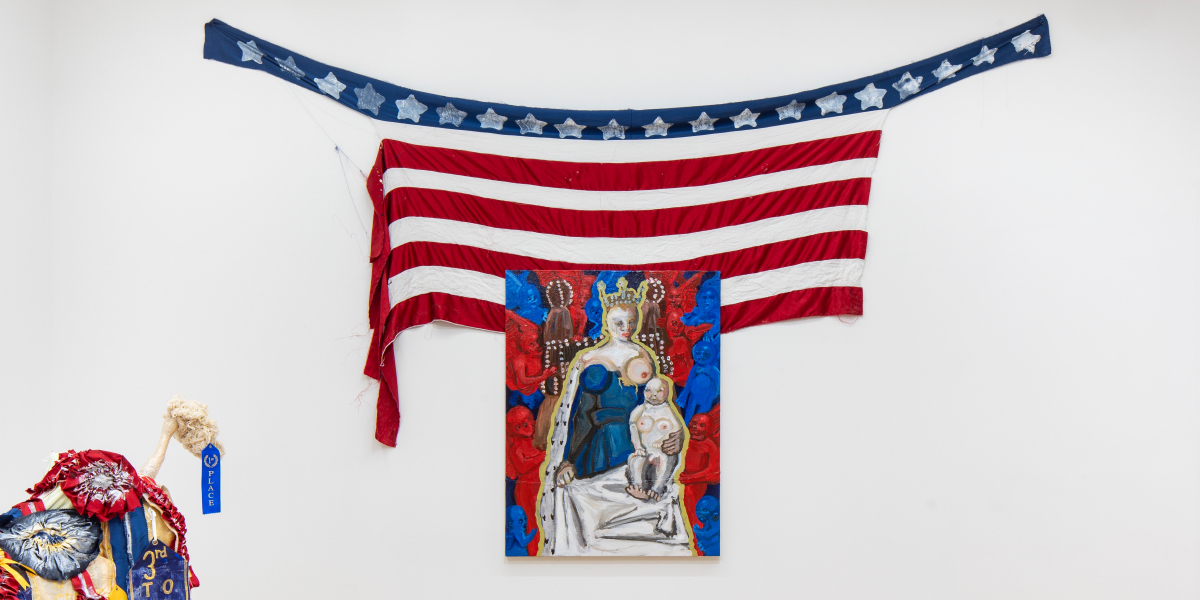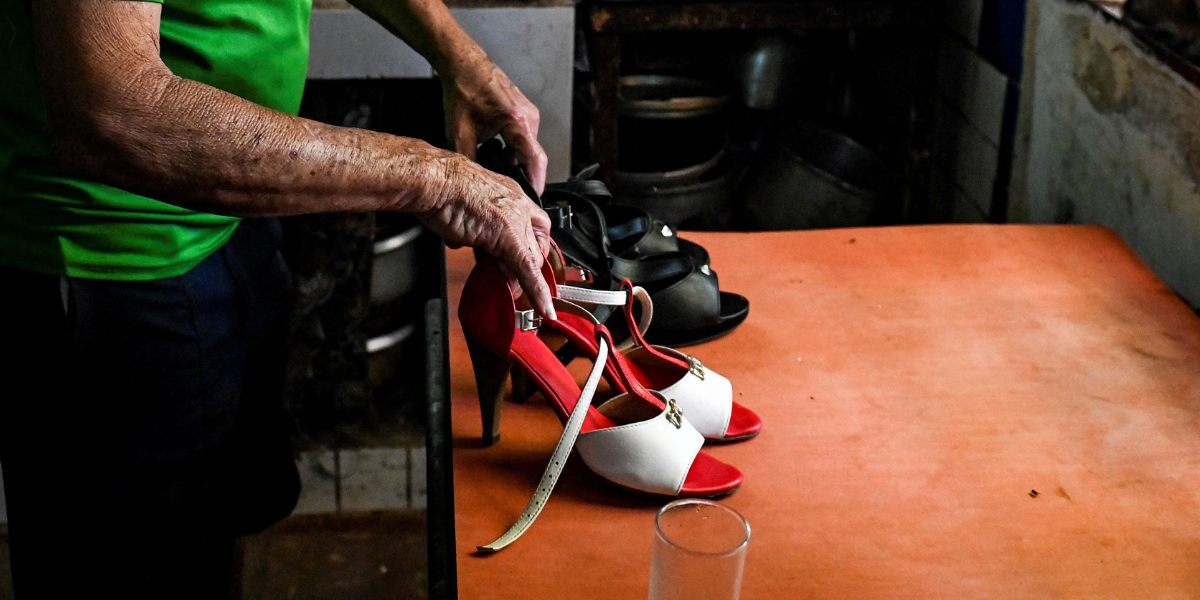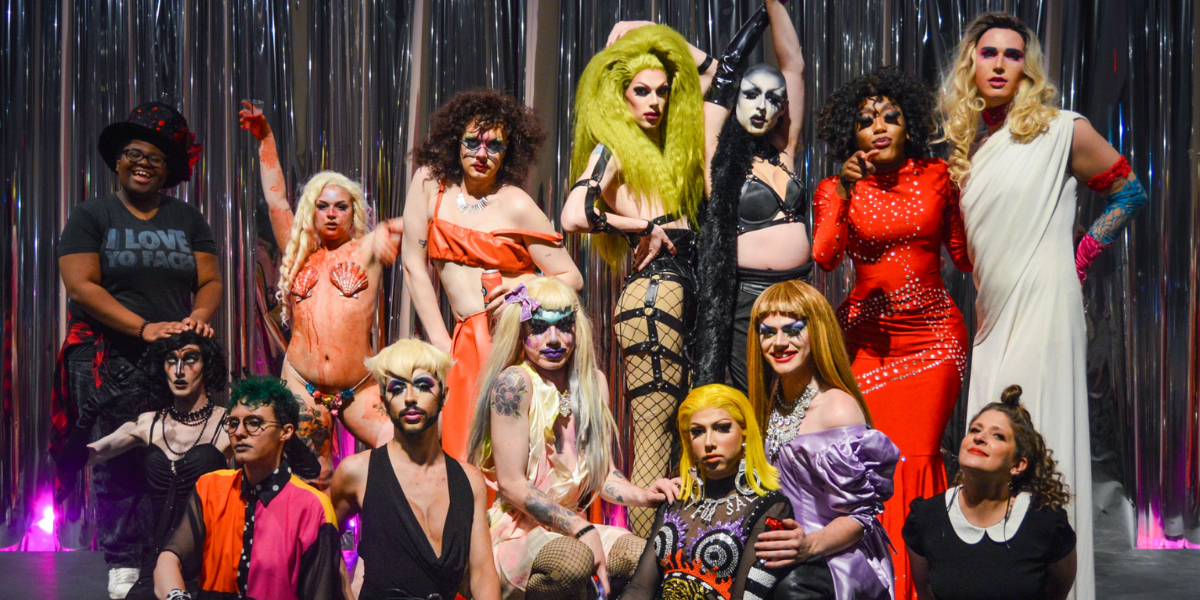“I began to cry – overwhelmed by the knowledge that I was absolutely, incontrovertibly, in love with this crazy person.”

One of my favorite episodes of Sex and the City includes a voice-over by Carrie about the moment. She sits in Big’s kitchen and she looks over at him and she can’t say anything. The moment where you realize you love someone. And then what?
When I read Shannon Service’s article “How to Mend a Broken Heart,” a personal narrative which explains the idea and process behind creating the Museum of Broken Relationships, which recently opened in Zagredb, Croatia, I was reminded about the “then whats.”
The museum accepts submitted items from people across the world that all tell the same stories: this was the beginning of the end / this was the watch I wore when she said she loved me / this is the mirror I broke off of his car. The then whats. The pain of breakups, when the Carrie-in-Love Moments aren’t yours to have anymore because you’re alone now — just you and your body and your things.
The co-founders of The Museum of Broken Hearts, Olinska Vistica and Drazen Grubisic, started it when they broke up. The two artists have a working, platonic relationship now which enables them to collect the mementos of other people’s broken relationships and put the pieces somewhere that these memories will be respected. Somewhere where “she came home with this pressed flower” doesn’t feel whiny or insignificant.
I’ve been hoarding things since I was a child. I think it’s a side effect of growing up in a humble home where I needed to know simply that I had things, that I had anything at all. My parents divorced when I was young and I kept things because of that, too: outfits I wore in preschool or at a dance recital or on that one Halloween I spent in Puerto Rico with my father and my mother.
As I got older I started keeping different things: school papers, report cards, yearbooks, concert programs, music I never listen to anymore. I clung to the apparently commonplace idea that different parts of my life could be captured and defined through objects, and that in keeping these objects I’d never lose those stories.
I keep my boyshorts and my DKNY heather green panties in a small drawer by my bedside table. Since moving into this house I’ve discovered a lot about myself and I’ve been using that drawer to keep lots of things I don’t want to lose. Maybe these things would seem insignificant to other people: my non-functional friendship lighters, the Ed Hardy lighter with a naked woman on it that I bought the day I came out of the closet, a deck of cards and a string necklace.
But I hoard everywhere in this house, not just in my underwear drawer: my food cabinet has two bracelets in it, including one that’s held together with Lisa Frank tape because when it broke I was convinced it was a symbol for something and I started to cry. Everything she gave me is breaking. I taped it together and wore it until I realized that wearing it wasn’t going to stop anything from being broken. And I still have it, because I wish I’d never broken it. It was my favorite bracelet. It reminded me of someone I couldn’t forget if I tried.
Relationship mementos do that to us. Our vibrators, our hatchets, our bras. We keep them because they didn’t leave. They like remaining in your bedroom or in your underwear drawer, even if the person who gave them to you is somewhere else and is someone else and doesn’t want you to keep them anymore. At least not in the same way.
The Museum of Broken Hearts collects them to tell a communal story about breaking up: it’s poignant. It hurts like hell. And in the end, it’s all been done before.
My favorite story from The New Fuck You, an anthology edited by Eileen Myles of course, is “Forgiveness,” a short story by Rebecca Brown. She describes cutting off her own arm to prove something to her lover. My chosen excerpt:
I made myself not miss it. I tested myself. I sat in the den and started at the empty space above the mantel. I spent the night on the couch. I went into the bathroom and looked in the tub. I felt nothing. I went to be.
I thought my trips to pawnshops, my wanderlust, were only things I did to pass the time. I thought of nothing almost happily.
I looked at my shoulder. The tissue was smooth. I ran my fingers over it. Round and slightly puffed, pink and shiny and slick. As soft as pimento, as cool as a spoon, the tenderest flesh of my body.
My beautiful empty sleeve and I were friends, like intimates.
So everything was fine.
For a while.
Then you came back.
Then everything did.
The reason my underwear drawer is crowded with children’s necklaces and a deck of cards and three photographs is because they make everything come back. At home I keep all of my hoarded items secret, hidden in boxes and bags. But I keep them.
I only go through the past when I’m trying to remember something. Sometimes I find an item that makes it impossible to keep sifting through: letters I wrote to my mother as a child, or the CD my somewhat-boyfriend made me about a year ago now full of songs that he loved. I put them somewhere where nothing makes them less important, but where I don’t want to see them. As I said, they make everything come back.

Service discusses potential “cures” for heartbreak in her Brink Magazine piece. She talks about scientific studies that have reduced love to a medical process, and suggests that Tylenol might get rid of symptoms of heartbreak. And by the way, heartbreak can be a real, medical, physical, thing. It can temporarily hurt your mind and your body.
Do we cure it? Or do we keep collecting our lives in bags and boxes and crying while we shove the pictures that are making us cry into an underwear drawer where it will stay forever?
I have a wall of photos in my bedroom and once when I was drunk I tore a bunch down and then I woke up with her in my hair. There is something to be said for love being a disease with no cure, because when it’s going well it’s the best kind of addiction. Holding hands and being with someone. Losing sleep and waking up more refreshed and happy. I only sleep with the lights off when I’m not sleeping alone because having someone does something to me. I only drink coffee when I’m tired and I’m only tired when I wake up alone because not having someone there does that to me.
I’m daring you to read this piece, and to go into your underwear drawer and to think about all of the emotional weight you put inside of it last time it was raining or the time she found you in your room crying or the time you thought, nothing can go wrong and then everything did. It might make everything come back. That’s why you kept that shit in your underwear drawer, after all. And saving mementos from relationships gone might be the most respectful way to pay homage to how every person you love will change your life. So will every breakup. The most important thing, of course, is getting to a place where you can pay homage to and respect that relationship for what it was without still thinking you want or need it back.
It has happened to all of us. You are not alone. There’s a whole building full of objects just like yours, maybe not in size or shape or color or type or brand or place of origin, but in solidarity with your memories and how it feels when they come back. We all go through this and we all survive.
And either way, I’m with Olinka on this one:
The common perception is that you’re suffering and you have to stop suffering. But suffering is okay. If you’re just happy, watching TV and eating your pizza – then what? This makes you think about yourself, which is the most important thing.
![]()
(Read more about The Museum of Broken Relationships)










